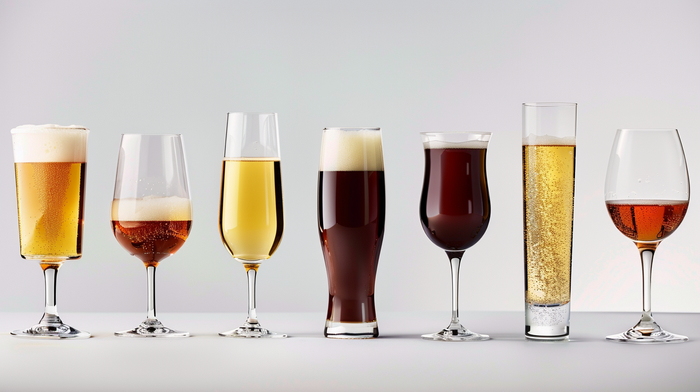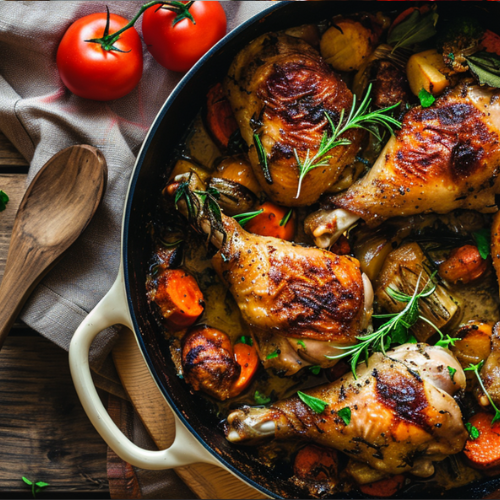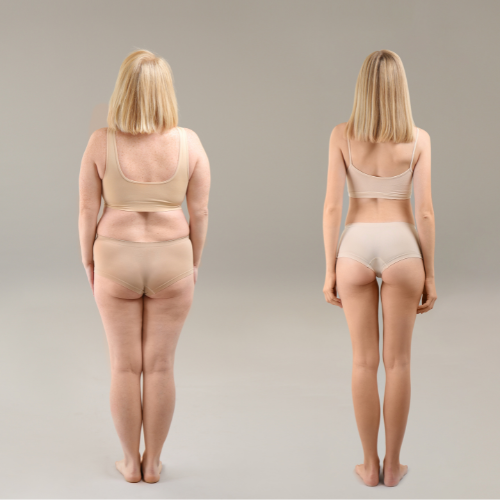Understanding Calories in Alcohol: A practical guide for those on a diet
Nowadays, more and more people are attaching importance to a healthy lifestyle, which often involves controlling calories consumed in the daily diet. Alcohol, a part of many of us' social lives, is often overlooked in calorie calculations, which can lead to unexpected obstacles to achieving dietary goals. In this guide, we take a closer look at the caloric content of different types of alcohol to help you make informed choices.
Why are the calories in alcohol different?
The calories in alcohol come mainly from ethanol, which provides 7 calories per gram, ranking between calories from proteins and carbohydrates (4 calories per gram) and fats (9 calories per gram). Importantly, these calories are often referred to as 'empty calories' because alcohol provides no nutritional value to the body beyond energy. In addition, alcohol's metabolism takes precedence in the body, which can slow down fat burning.
How to count calories in alcohol?
To understand how many calories alcohol provides, it is useful to know the alcohol percentage and the volume of the drink served. As a general rule, the higher the alcohol percentage, the more calories. For example, a standard serving (about 150 ml) of wine with an alcohol content of 12% provides about 120 calories, while the same serving of a stronger alcohol, such as whiskey (40% alcohol), can contain about 100 calories.
Comparison of caloric content of popular alcoholic beverages
Understanding the caloric content of different alcoholic beverages can help you make informed choices. Beer, due to its volume, often provides more calories than a comparable amount of stronger alcohol. For example, one can of beer (about 500 ml) with an alcohol content of 5% can provide about 150 calories. In comparison, a standard serving (25 ml) of strong alcohol, such as vodka or whiskey, provides about 55 calories.

Effect of additives on the caloric content of alcohol
It is also worth remembering additives such as juices, sodas or syrups, which are often mixed with alcohol, significantly increasing its caloric content. For example, adding 100 ml of cola to whiskey increases the total caloric content of the drink by about 40 calories. When choosing drinks, it's a good idea to pay attention to the ingredients and, if possible, choose those with fewer extra calories.
Strategies to control calories while consuming alcohol
If you want to enjoy alcohol without sacrificing your diet, there are several strategies that can help you control calories. First, choose drinks with lower alcohol content and avoid additives that increase calories. Second, pay attention to portion size - smaller amounts mean fewer calories. Third, drink water between alcoholic drinks to reduce the overall amount of alcohol consumed.
- Choose drinks with lower alcohol content.
- Avoid sweet additives and mixers.
- Control the portion size.
- Drink water between drinks.
Summary
Understanding the caloric content of alcohol and making informed decisions about your alcoholic beverage consumption can contribute significantly to maintaining a healthy diet and achieving your weight goals. By remembering the basics and choosing wisely, you can enjoy social gatherings without worrying about excess calories. A healthy approach to alcohol requires balance and moderation, but with the right knowledge, it is as achievable as possible.





